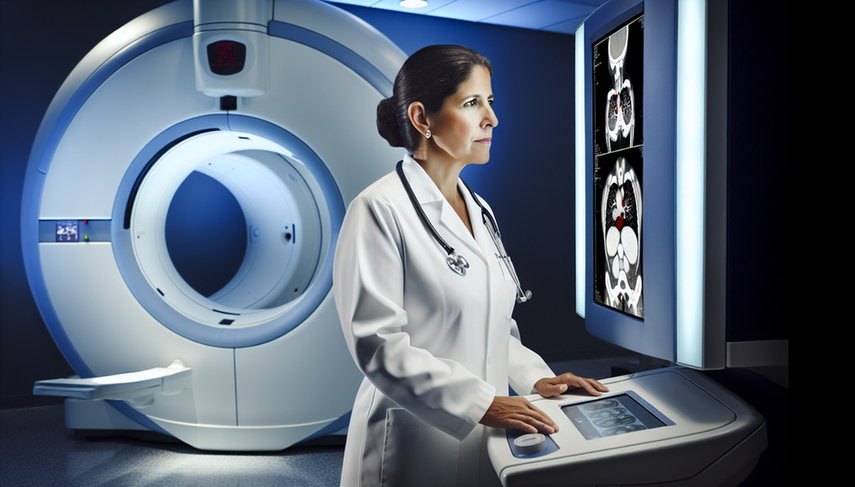Oncological Radiology: AI for Early Cancer Detection and Precision in Oncology

The early cancer detection is a crucial component in oncological radiology, and the integration of artificial intelligence (AI) is revolutionizing this field. Clinical algorithms based on AI are enhancing precision in oncology, enabling faster and more accurate diagnoses. In this context, AI not only complements traditional techniques but also opens new possibilities for AI diagnosis of tumors at early stages.
Diving Deeper into AI in Oncological Radiology
AI has proven to be a powerful tool in the detection and diagnosis of lung cancer, where structural and functional radiomics allow for the extraction of quantitative features from medical images. These features can correlate with biological and clinical outcomes, thereby improving diagnostic accuracy.
Furthermore, AI is transforming the preoperative assessment of pulmonary metastases. A recent study showed that the combination of AI-assisted radiology significantly increased sensitivity in detecting pulmonary metastases, allowing for earlier and more precise detection of pulmonary nodules (see study).
In the realm of breast cancer, the estimation of volumetric breast density using digital breast tomosynthesis and deep learning models has shown a significant association with breast cancer diagnosis, underscoring the potential of AI to enhance early detection in oncology.
Conclusions
The integration of AI in oncological radiology is redefining the landscape of early cancer detection. As clinical algorithms continue to evolve, precision in oncology improves, providing physicians with more sophisticated tools for AI diagnosis. However, it is crucial to address challenges such as data standardization and quality to maximize the potential of these emerging technologies.
Referencias
- [1] Structural and functional radiomics for lung cancer
- [2] Performance of AI for preoperative CT assessment of lung metastases: Retrospective analysis of 167 patients
- [3] Volumetric Breast Density Estimation From Three-Dimensional Reconstructed Digital Breast Tomosynthesis Images Using Deep Learning
Created 20/1/2025
